ITO Thailand Hygiene Blog
-
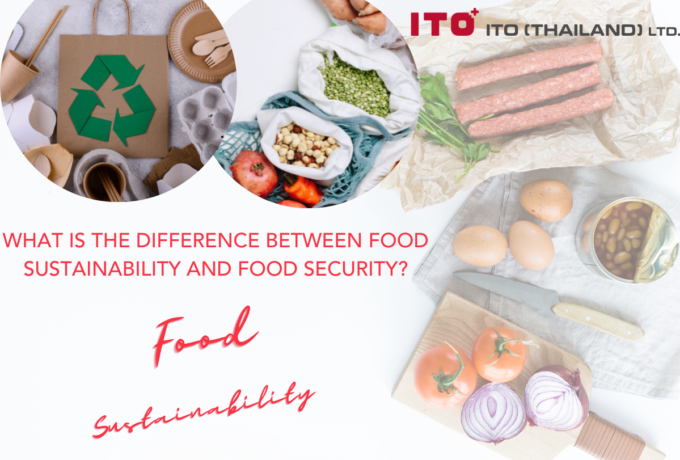
Food Sustainability
Nowadays, food sustainability is considered as an important issue for present and future generations. From where the raw material is sourced, how it is processed, distributed, packaged and how it affects the environment
-
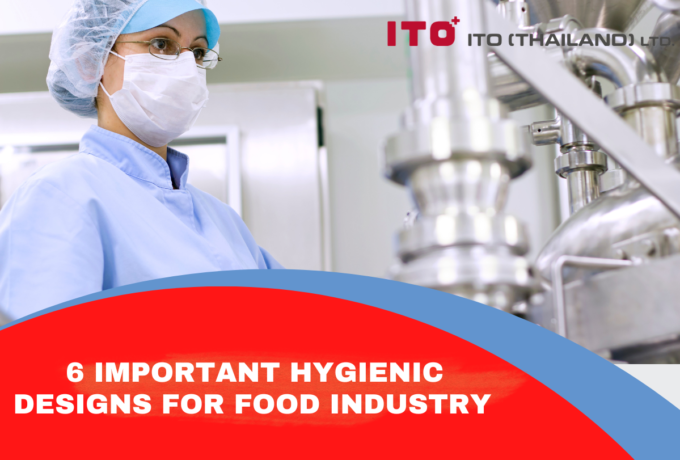
6 important hygienic designs for food industry
To design the food industry to have good hygiene is very important both in terms of laws, standards, production license acquisition and responsibilities for consumers and society to live in a food safety and sustainability society. Today, Ito Thailand would like to present 6 important hygienic designs ranging from designing the food industrial plant to the development of the existing original system to become even better.
-

Postbiotics
During and after the COVID-19 pandemic, people have been considering ways to strengthen their immunity which consists of several options. Vitamin C, probiotics, prebiotics, or even symbiotics have become talk of the town as they’re contributing to a healthier life as well as increasing immunity. Probiotics are live bacteria, and yeasts that have health benefits for the body especially for the digestive system, and they are found in fermented foods such as yogurt, sauerkraut, kimchi, miso, natto, pickles etc., prebiotics are foods with a high amount of healthy fibre such as whole grains, fruits, and vegetable which act like foods for the probiotics (healthy bacteria in human body) and help them grow. However, postbiotics, the by-product or waste from prebiotics and probiotics digestion, are considered as functional bioactive compounds packed with nourishing nutrients such as vitamin B, vitamin k, amino acids, and antimicrobial peptides, which stagnate the growth of harmful bacteria.
-
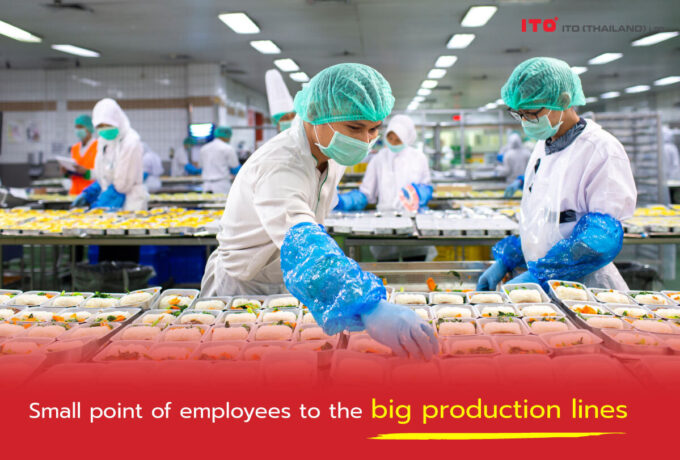
Personal food hygiene – Production staff importance
Staff in the production line are one of the key cogs in food production to ensure good quality and safety. Therefore, paying attention to personnel development of the organization is very important to maintain food standards and increase the long-term stability of the organization sustainably.
-
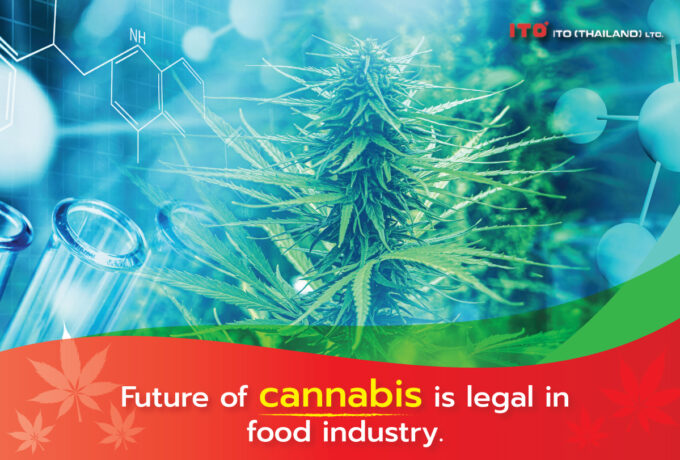
Cannabis
Thailand is officially the first country in the Asian region to legalized marijuana when it has removed cannabis from the narcotics list and the amendment took effect on the 9th of June 2022. While the government has been enthusiastic about legalizing cannabis with many reasons such as medical treatments, tourism, social problems, recreation, and politics, this act has ignited controversies among academics, and healthcare sectors as the regulations and limitation of cannabis usage are still unclear and concerns for misuse of cannabis are rising. This blog will discuss the legalization of cannabis in Thailand, the difference between cannabis and hemp, medical benefits, the drawbacks, and example of cannabis products in the market.
-
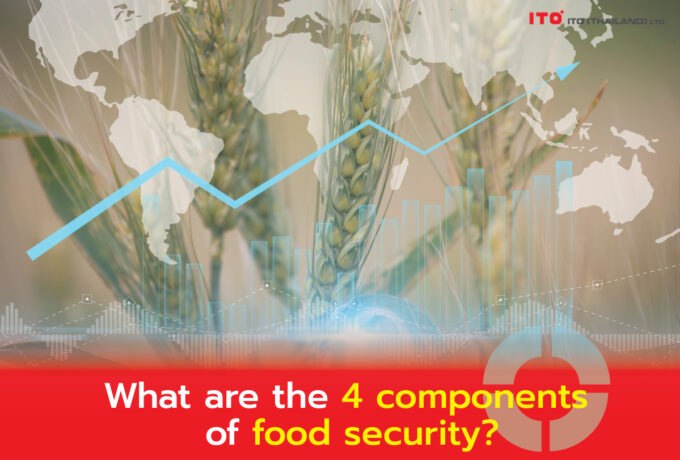
Food Security
Food shortages have been major global problems for a long time. In 1996, World Food Summit had discussed about food security issue covering the availability and access to sufficient, safe, and nutritious food that meets the dietary need and food preference for an active and healthy life equally for everyone (Source: FAO, 2008). Moreover, this issue has become increasingly serious when crises arise such as disasters, wars or epidemics. In this article, 4 main elements of food security, global situation of food security and general nutrition, important factors including recommendations for sustainable solution shall be discussed.
-
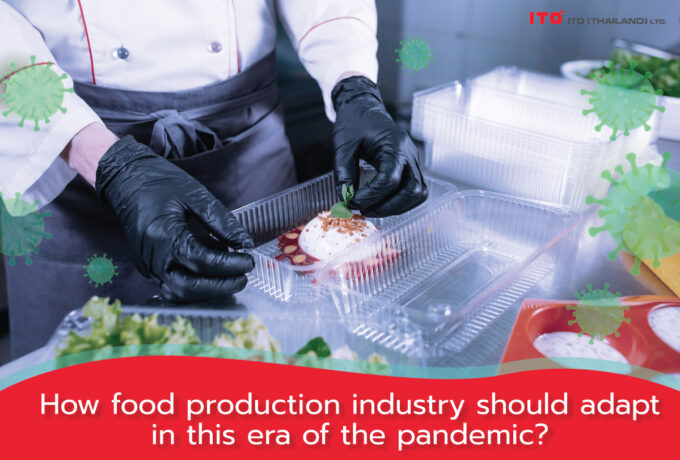
Pandemic Impact on Food Industry
It has already been more than 2 years since pandemic has spread all over the world. So far until now, the number of deaths has surpassed more than 6 million people (Source: World Health Organization, n.d.-b). Also, all sectors have been affected including the food industry. This article will talk about the safety of food and food packaging from virus contamination, impact of pandemic towards the food industry, food security crisis and sustainable solution guidelines.
-
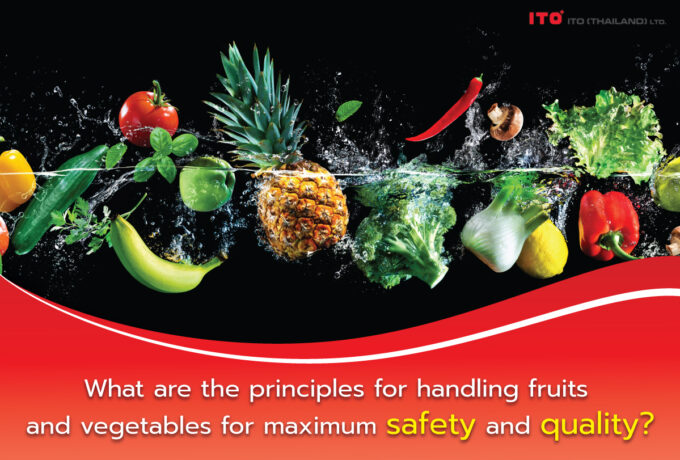
Raw Material Management (Fruit and Vegetable Products)
Continued from the previous article which we had talked about raw material management, today we will look into the other important raw materials which are fruits and vegetables. We are going to search for the answers of how the vegetables and fruits are handled for maximum safety and quality of which processes start from the farm to the processing plant until the product is ready to eat and the prevention of various contamination risks including proper storage methods according to food science guidelines.
-
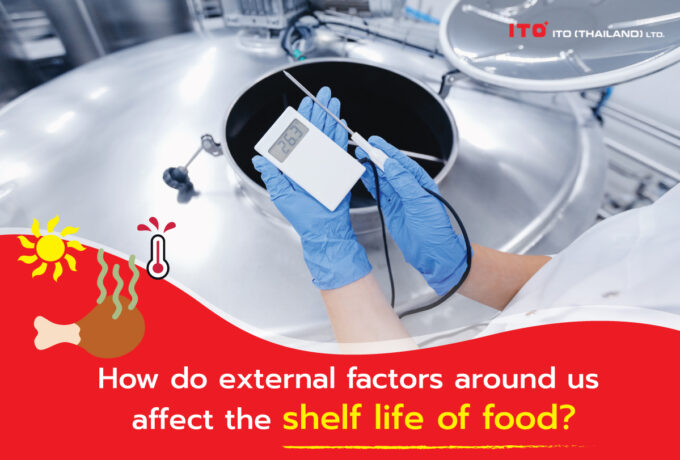
Factors affecting the shelf life of food (Part 2: External/Environmental factors)
In addition to the internal factors, there are also external factors or environmental factors that affect the rate of food deterioration or the rate of chemical reactions in food as well. Therefore, the storage conditions must also be specified when labeling food shelf life because the food will have a specified shelf life only when stored under specified conditions. If food is stored under other conditions, food deterioration may occur more quickly and it can spoil the food before the time specified on the label.
-
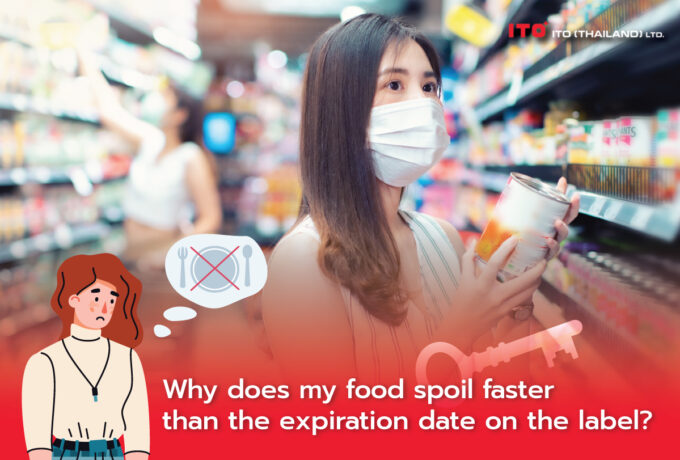
Factors affecting the shelf life of food (Part 1: Internal factors)
What does the shelf life of food depend on? Why does my food spoil faster than the expiration date on the label?
-
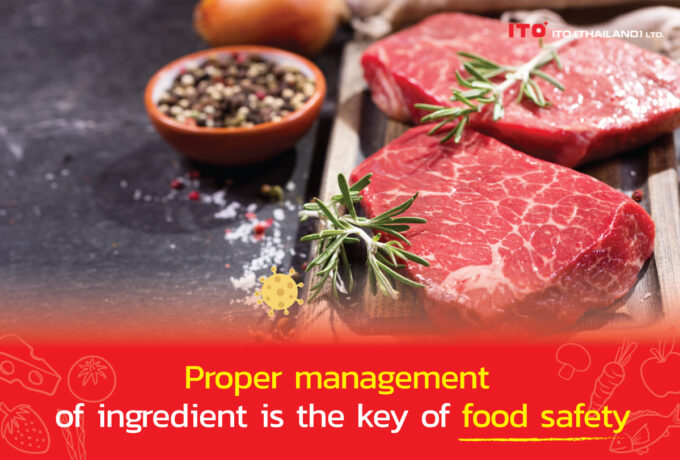
Raw Material Management (Meat products)
It is undeniable that good food often comes from good and high-quality ingredients. However, the word ‘good’ does not have to be expensive or luxurious in any way but refers to raw materials that are fresh, free from contaminants, have nutrients, and are beneficial to the body.
-
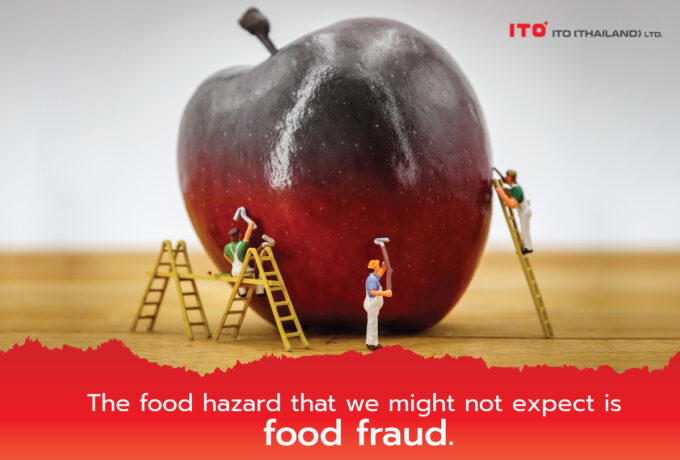
Food fraud
It is undeniable that food safety is an important aspect that we cannot ignore. Previously, we have talked about food defense and another food hazard that we cannot ignore is food fraud.







